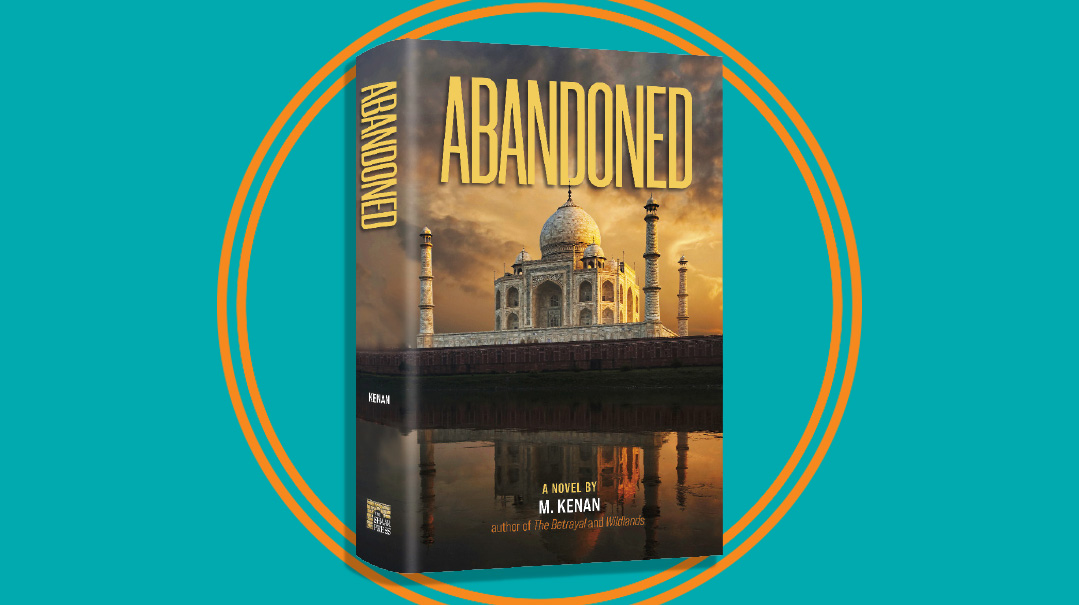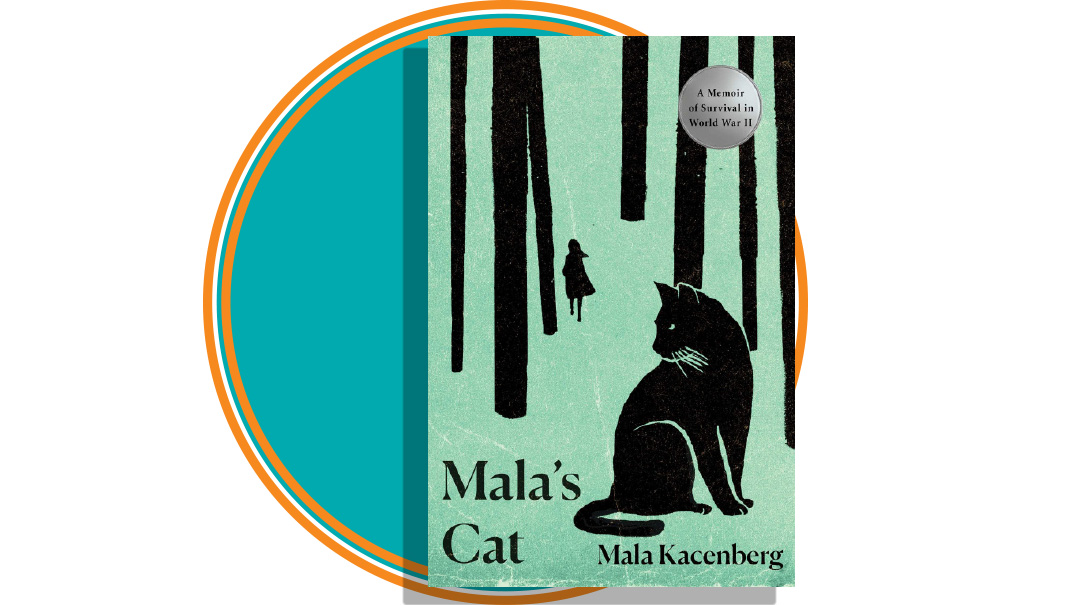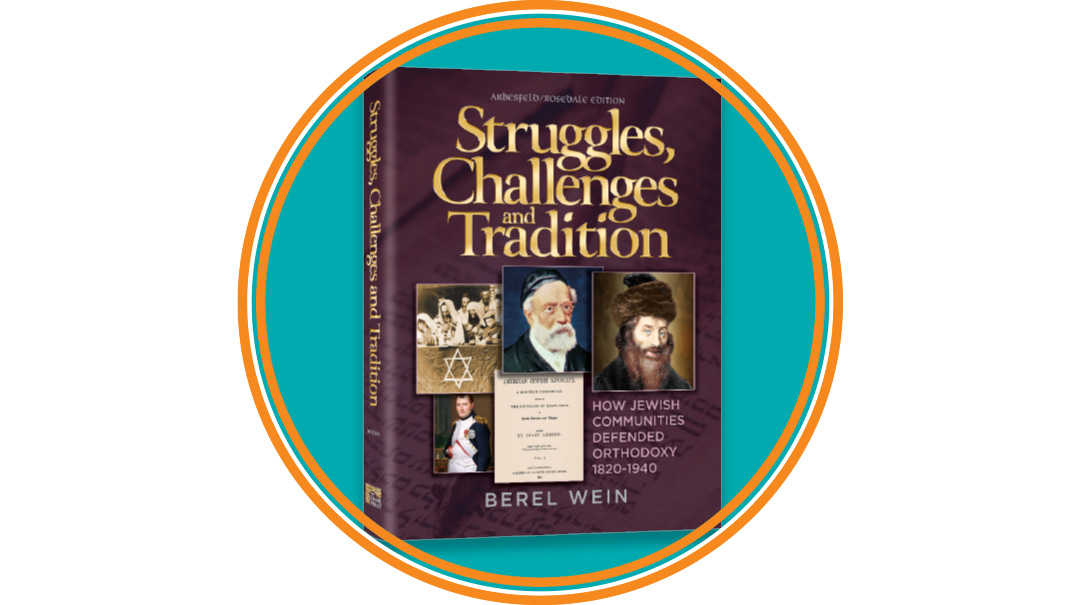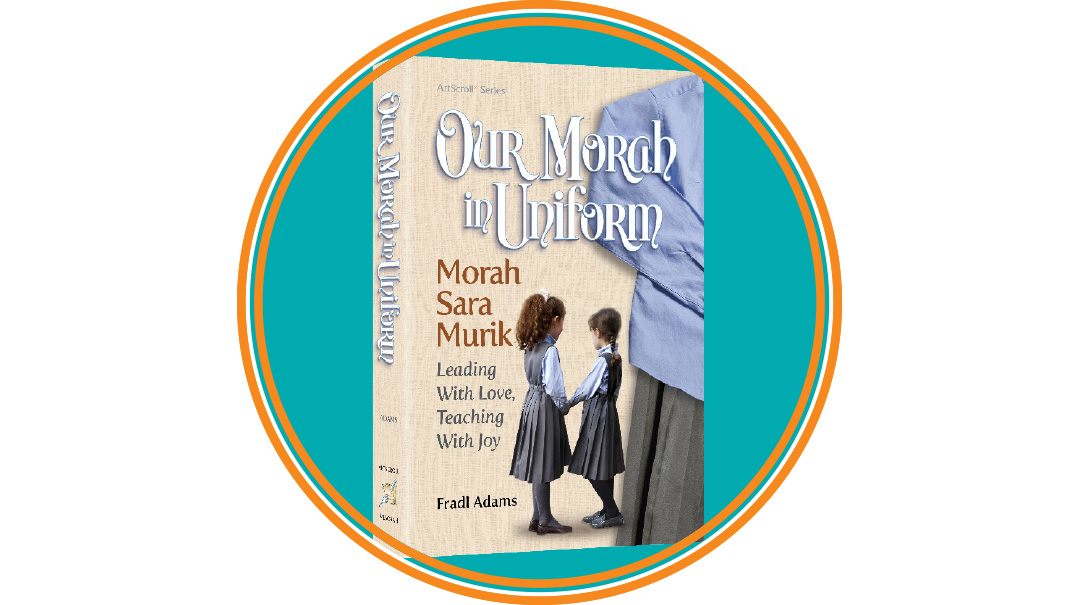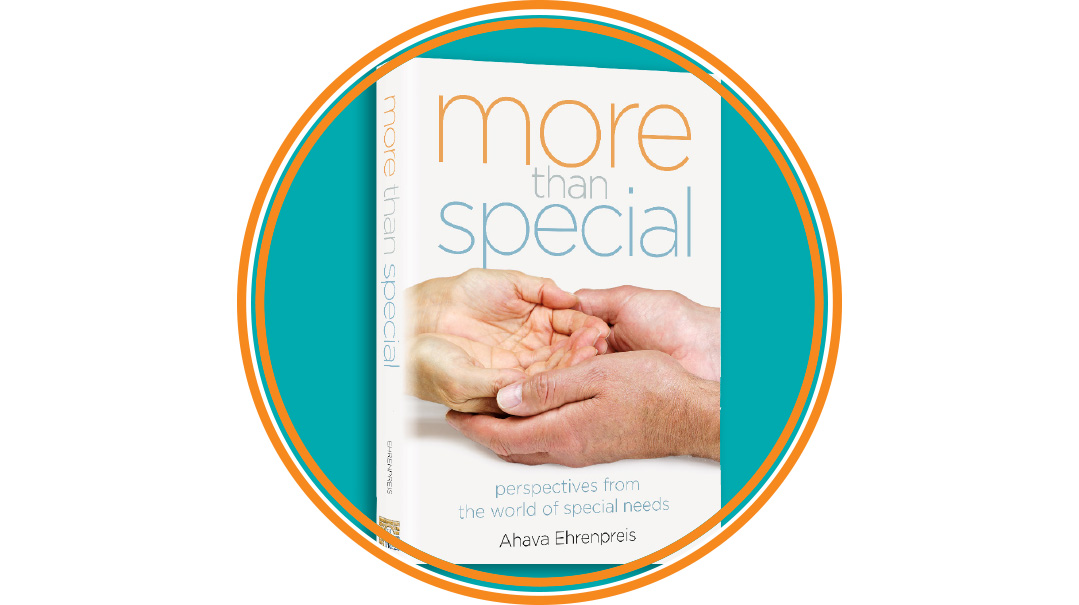The Captives
| October 6, 2022Against the backdrop of the California Gold Rush, life on a Louisiana plantation, and Cherokee clan rivalries, the characters struggle with their own family dramas and dilemmas
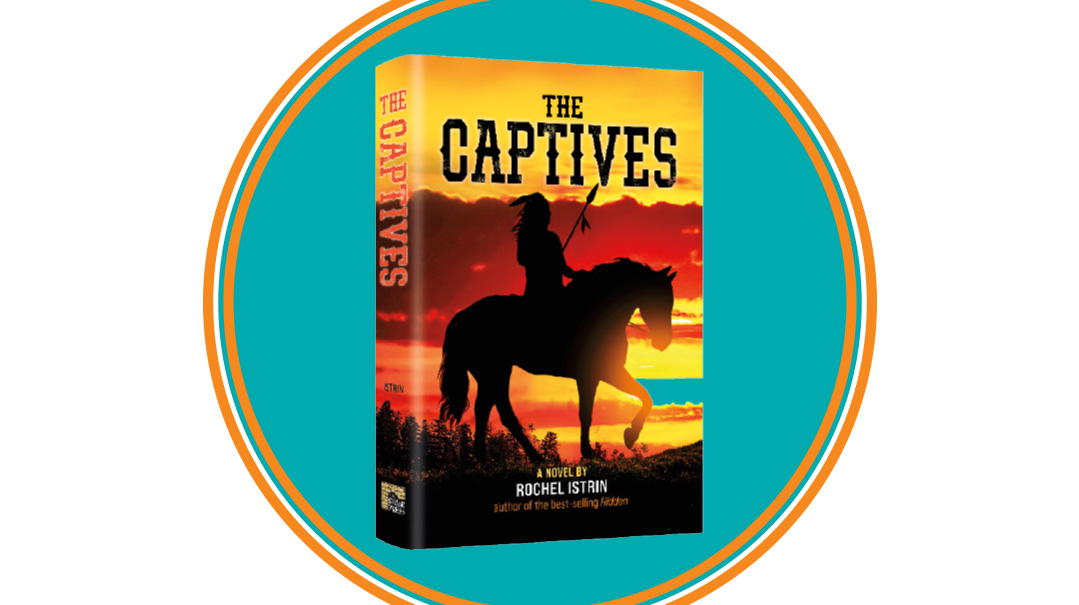
Book: The Captives
Author: Rochel Istrin
Publisher: Shaar Press, ArtScroll
Book in three lines
It’s a journey back in time to the middle of the 19th century in the United States. Against the fascinating but harsh backdrop of the California Gold Rush, life on a Louisiana plantation, and Cherokee clan rivalries, the characters struggle with their own family dramas and dilemmas. The high stakes demand they decide where their loyalties lie and find hidden strength to outwit enemies and live their own dreams.
Author in four lines
Originally from Missouri, after making aliyah Rochel Istrin married and raised a large frum family in the mostly secular city of Bat Yam. When her youngest began kindergarten, Rochel went back to school and studied nursing. After working for over 20 years as a nurse, today she spends her time “learning, writing, kvelling, and thanking the Eibeshter for His kindness in bringing me to this time in my life.” This is her fourth historical novel.
What inspired you to create this plotline?
In elementary school, I spent the summers playing with a neighbor my age from Louisiana, and we became close friends. I loved her Southern accent, and the stories she told me — about the bayous and antebellum mansions, pirates and riverboat gamblers, and the majestic Mississippi River. I spent many lazy summer hours daydreaming about that time in history.
Best research resources
My own memory, since I’m originally from Missouri. I also read memoirs written by settlers or gold miners, detailing their struggles during those years.
Favorite character in this book
If I had to choose it would be Tully (Naftali) Pasternak. He was a challenge. I didn’t like him at all in the beginning, but once I got to know him, his struggles and courage won my heart. I admire how he was able to choose to do the right thing even when it demanded compromising his worldview.
Last-minute changes
Almost all of the Southern dialect in the dialogue had to be rewritten. I had worked so hard to get it just right, and then I was told that it might be offensive. Out it came, replaced by standard American English.
I also had to cut 12 chapters to bring the book down to its present size. But they all appear in an as-yet-unpublished sequel.
Any messages hidden under all that intrigue?
While writing, I was very aware of Hashem’s promise never to abandon the Jewish People, no matter how far away individuals may find themselves, and that we can feel His love even at the darkest moments.
Greatest irony in all the plot twists
I think I’m more aware of it than the readers will be, but the untimely death of the Weinberg children’s mother actually strengthened her enduring influence on her children’s lives. She’d taught them that being erliche Yidden was the most important thing, and for the rest of their lives, her memory informs their most critical decisions even without her presence. One wonders, if she had lived, whether she could have competed with the raging currents of secularism that tore so many Jews from their roots.
Hardest part to write
The ending. I was so involved in the story that I just couldn’t tie it up and say farewell.

Book: From Hire to Higher
Author: Libby Fisher
Publisher: Self-published with BP Group,
Distributed by: Feldheim
About the book
Three decades ago, as a frum working mom, I felt isolated and alone. I also noticed, sadly, that many “successful” businesspeople are failures in their home lives, since the workplace and home front require such disparate tools. I became part of several efforts to create a network of support for women in the workplace. A group met in my home for what we called Women’s Workplace Workshops, and transcriptions of our discussions form the basis of this book, together with my own diaries and journals.
I wrote this book to explore a deeper grasp of the tools and understanding we can use to succeed on both fronts. If you’re working, you’ll gain from the anecdotes shared, and if you’re an employer or manager, you have the responsibility of knowing the impact of the tone and boundaries you establish in your company.
Where I write
My best writing was actually done on my back porch, with a fountain pen. My teenage daughter once observed, “Good writing is not from This World.” Her insight spurred me to try getting up at 3 a.m., writing for 90 minutes, and then going back to bed. (I did this on days when I could take a nap during the day to catch up.) The satisfaction I felt from tapping into my creativity and best thinking was otherworldly.
My editor, Mishpacha’s Barbara Bensoussan, pulled my manuscript together, creating a magazine-vibe read, so that even self-described nonreaders will crack open this undersized paperback.

Book: Dream On
Author: Gila Arnold
Publisher: Menucha Publishers (as serialized in Family First)
My own favorite character
I related most to Tammy, but my favorite character was ZeeZee. She’s the type of girl who, back in seminary, I would have marveled at from afar but would never have befriended. Now I let my imagination carry me away with those what-ifs. What if I had no compunctions about following rules and toeing the line? What if I had unlimited energy and a wild sense of adventure? What if I didn’t have such a strong internal filter on my speech and actions?
Character who caused the most trouble
Definitely Tammy, which took me by surprise. When I started getting angry complaints from readers about her lack of boundaries, I was taken aback. Yes, she made mistakes, but they came from such a sincere, good-hearted place! Couldn’t people cut her some slack?
Then, when I reread the manuscript recently to prepare it for publication as a book, I thought, Wow, she really does have boundary issues! When you’re so personally involved, it can be hard to see your character the way she appears to outsiders. That’s why reader feedback is important.
What’s ZeeZee doing now, a year after seminary?
No spoilers! That’s actually part of the new material in the book.
And in ten years?
I picture ZeeZee and her husband as a kiruv couple in some far-out community, or perhaps on a college campus.
As for Chava and Tammy…
Chava will be nearing retirement age, probably triggering another existential crisis as she wonders when is the right time to step down from teaching and how to use her kochos for the next stage.
As an aside, I created Chava’s character because I felt her story isn’t told often enough. I wanted to enter the mind of someone in her mid-fifties who’s had a successful career but now feels like she’s ageing out, that her wisdom and experience aren’t valued as much as coolness and with-it-ness. This is certainly an issue in the teaching profession today (and in many other professions too!)
As for Tammy, I think she’ll go back to work in a seminary at some point, but from a healthier and more confident place.
(Originally featured in Family First, Issue 813)
Oops! We could not locate your form.

